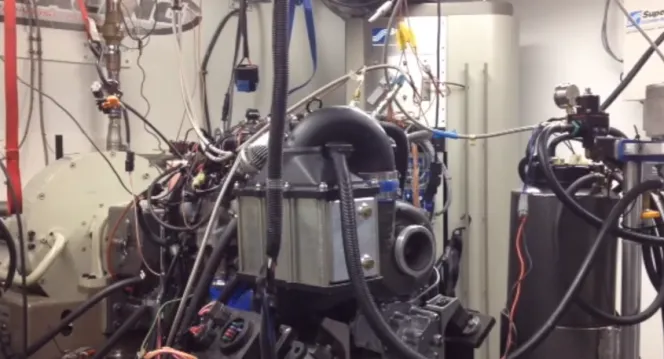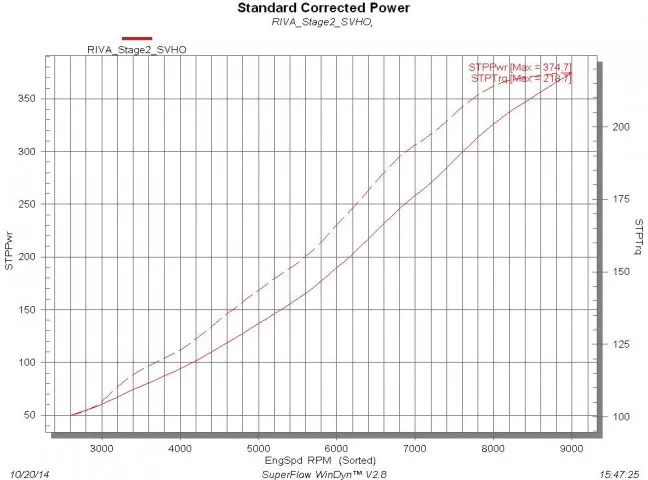There’s all sorts of junk out there professing to increase horsepower, from fuel additives to air filters. We’re not exactly sure where or how they’re able to substantiate their claims, but there’s no shortage of hucksters promising increased performance if only you’ll fork over your hard-earned cash.
The big difference between those who claim to make power and those who actually do is evidence. RIVA Racing‘s parts make power, and that claim is backed by hours and hours and hours of testing, both on the water and in the dyno room. So when Mark Sheffield from RIVA’s Research & Development department made us wise to a certain dyno session, we were all ears.
The coconut telegraph was already buzzing that Yamaha’s Super Vortex High Output 1,812cc four-cylinder 4-stroke was a power-maker, but to what degree remained somewhat of a trade secret. (We’ve received “unofficial” results that the SVHO in factory trim makes anywhere between 258 and 264 horsepower.)
While impressive, the real question is what is the SVHO capable of. For that, Scheffield has the answer, “Our target RPM with the [RIVA] Stage 2 SVHO kits is 8,300 for the FZ models, and 8,400 for the FX models.” Yet, for this particular test, the RIVA research crew wondered what the SVHO could do at 9,000 RPM…and did so using pump gas!
Scheffield cautioned, “Please keep in mind we DO NOT recommend running this engine package up to 9,000 RPM. Our goal was basically to see what this engine is capable of at high RPM.” Of course, the SVHO required some assistance in getting to 9,000 RPM; the parts that were used on this engine included a RIVA/Vi-Pec V88R3 ECU, a Power Cooler (intercooler) with HKS blow off valve, a RIVA Intake Manifold Upgrade Kit, a RIVA Pro Series SVHO Engine Cooling Kit and Free Flow Exhaust.
But the only internal change to the SVHO engine was RIVA’s Valve Spring Kit (spring retainers) to keep the valves from floating at such high RPMs. Below is the video with the dyno sheet beneath it. Scheffield concluded, “Although we were able to make these dyno pulls on pump gas, RIVA highly recommends using a higher octane fuel if you exceed 8600RPM and 18lbs of boost.”










